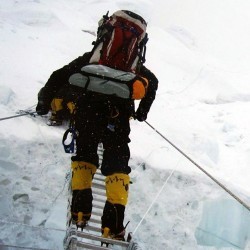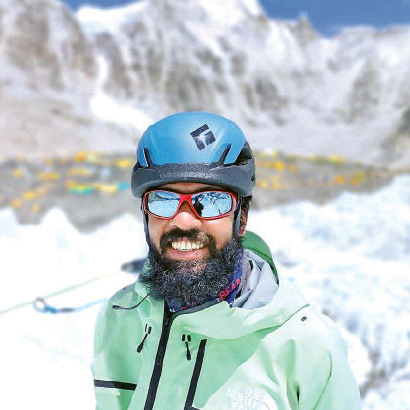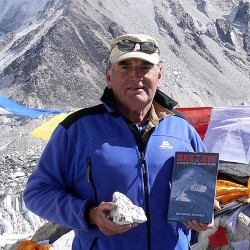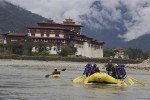Due to the ongoing global impact of coronavirus (COVID-19) and the likelihood of international borders remaining closed for an extended period of time, Adventure Hub Nepal has suspended all trips until October 2020.The COVID-19 pandemic had paused the world for months. Given the restrictions and protocols although most of the industry has resumed through time, the tourism industry in Nepal remained shut ever since the pandemic has been declared. The busiest streets of the major tourist hub in the heart of Kathmandu; Thamel went through a pin drop silence for almost 8 months now. As off all the travellers who have planned to visit the Himalayas in 2020 had to postpone their trip to the hopeful following year.
On 16 Sept, 2020 the cabinet meeting held by the government of Nepal, has declared to resume the tourism industry by allowing all the tourism activities following proper health and safety measures. The cabinet passed the decision to allow the international tourists by resuming the On-arrival visa service from 17 October, 2020. The guideline has instructed the tourists arriving in Nepal are required to obtain a PCR Test with a COVID-19 Negative remark; not older than 72 hours. Tourist with the negative PCR report are not bound to any kind of quarantine or self-isolation upon their arrival in Nepal and shall be able to continue the journey for their further destination in Nepal, adopting the safety measures and following the health and sanitization guidelines of WHO..............












